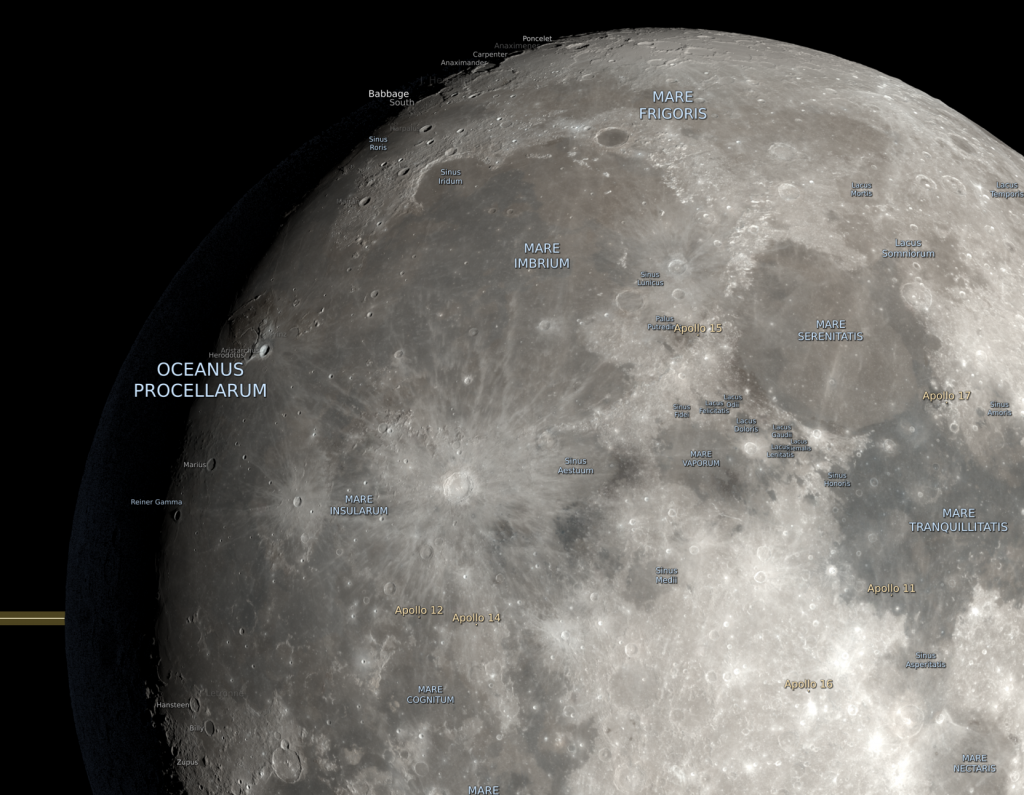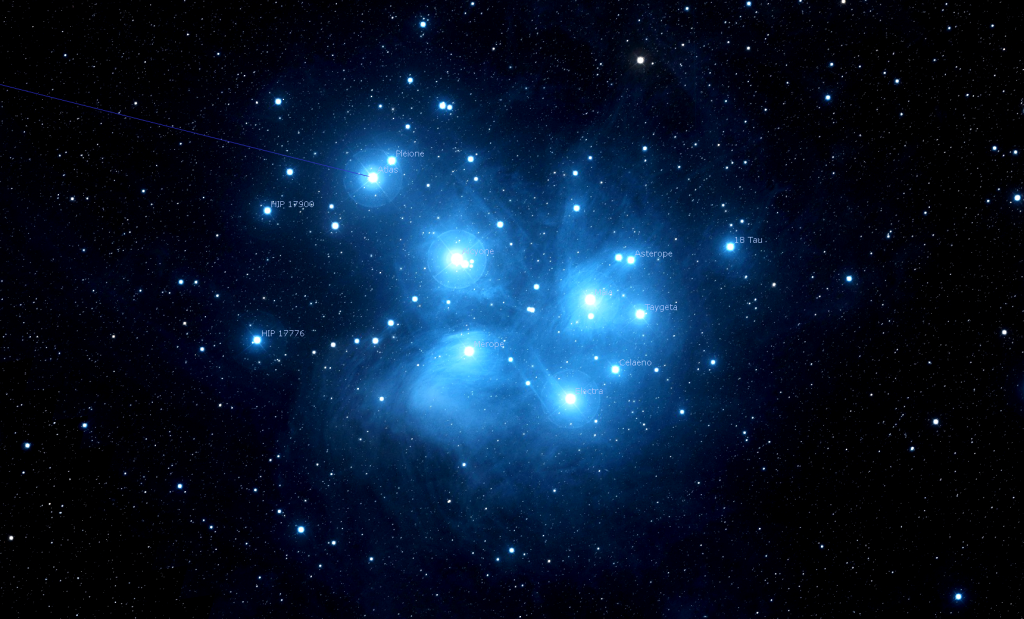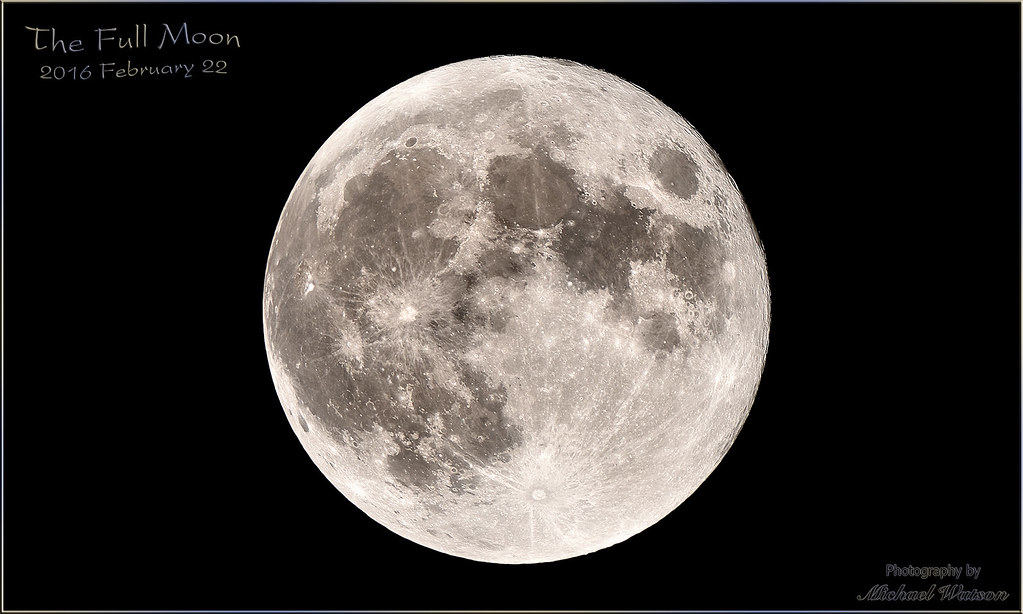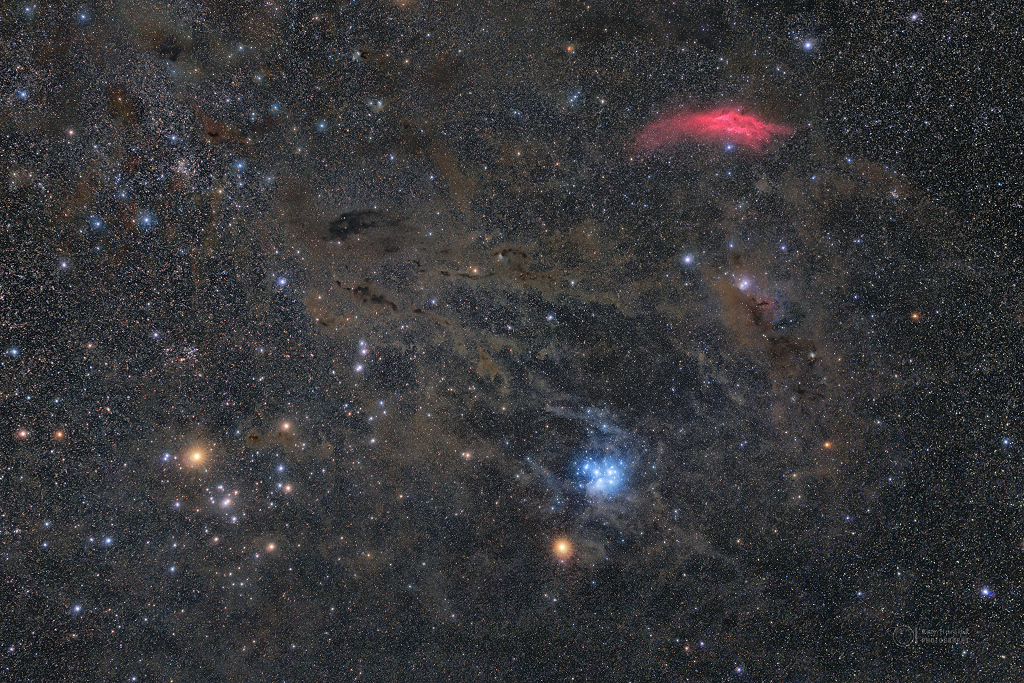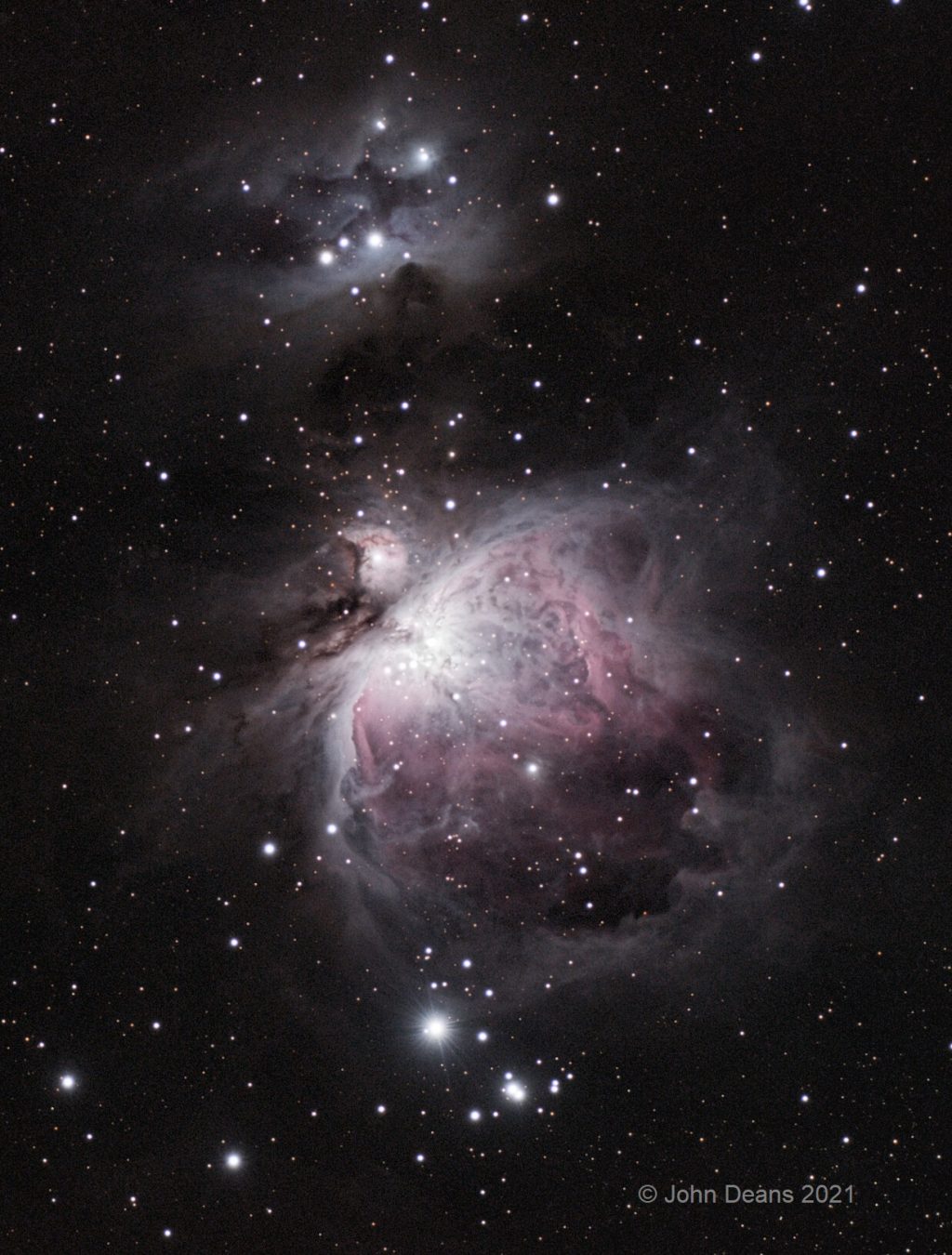The Terminator Tips Over, a Lonely Lunar X, and the Gibbous Moon Greets Ceres in the Winter Football!
A portion of a frame from NASA’s Lunar Visualization Tool, showing the northwestern quadrant of the moon at 9 pm on January 14, 2022, annotated. The Dial-A-Moon page is at https://svs.gsfc.nasa.gov/4955 Hello, January Stargazers! Here are your Astronomy Skylights for the week of January 9th, 2022 by Chris Vaughan. Feel free to pass this along…
Read more
